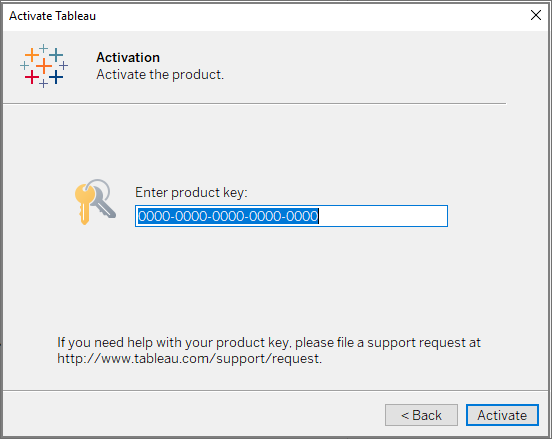

In addition to general file and folder properties like name, format, type, size, path, path length, folder level, or number of files, there are also specific properties of audio files (artist, title, album, track number, duration or genre), video files (such as width, height, duration, or FPS), images (width, height, color depth, resolution) or text files (encoding, BOM, line break type, number of lines/characters) can be listed just by checking the corresponding option in the columns list.įilelistCreator is fully compatible with Unicode.

You have the option to determine which files/folders should be included and export format selection.įilelistCreator includes many optional settings like allowing you to determine which columns are used in which form in the table you can specify how the design should look and beyond, you can adjust the output as you need it: as XLSX or ODS spreadsheet for Microsoft Excel or OpenOffice, as HTML website, as an image, a CSV file, or, of course, as plain text. You can then open the new file in whatever application you’d like.FilelistCreator allows you to create content-based lists for user-defined directories.įiles or folders can be dragged n' dropped into Fileslist Creator, or you can add them via the add files or search folders buttons. Consider it a reversal of the usual Mac workflow: Instead of creating a new file within an application and, when you save it, navigating to the folder where you want to store it, you’re creating the file where you want it first. Supply one then click Continue your new file should appear.Īt least one Hints reader wondered why, exactly, you’d want to do this in the first place. A dialog should appear requesting a filename. Control-click on an existing file within that folder and select Create New File from the Services submenu. To test it, in the Finder go to the folder where you want to create a new file. Save the service and give it a name (Create New File or whatever else you like). (This will allow you to specify the names of new files.) Click the New Text File’s Options button and select Show This Action When the Workflow Runs. Drag the variable you just created (CurrentFolder) from the Variable panel at the bottom of the Automator window to the Where section of the New Text File action.

Follow that with the New Text File action (from the Text section of the Actions library).


 0 kommentar(er)
0 kommentar(er)
